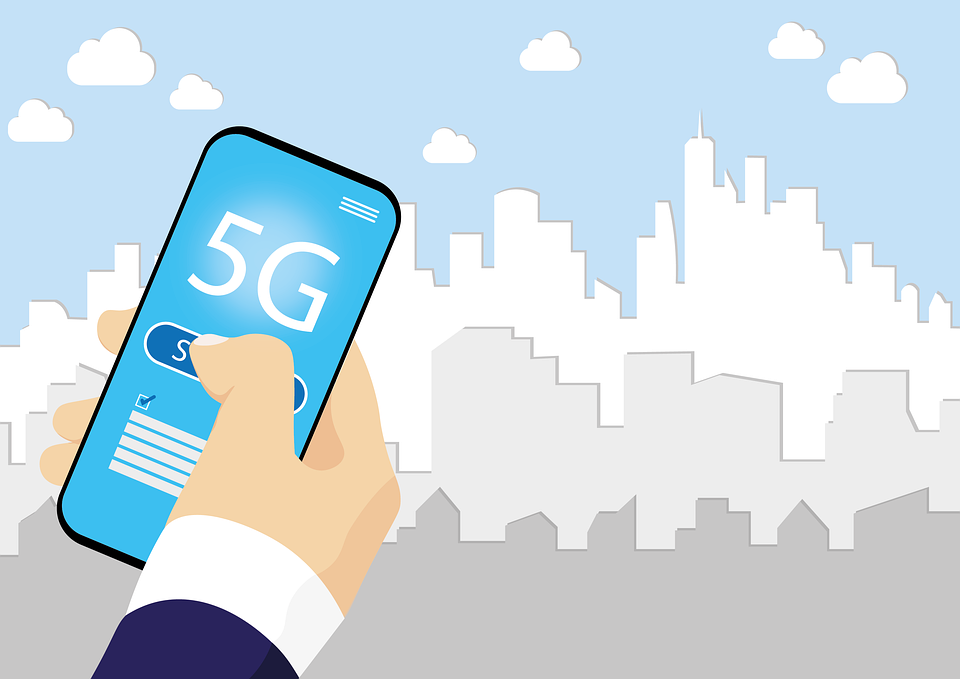As technology continues to evolve, so does the way we connect to the internet. The introduction of 5G technology and networks promises to revolutionize the way we use the internet by providing faster download and upload speeds, improved connectivity, and low latency. In this blog, we’ll explore what 5G technology is, how it works, and how it can impact our lives in the near future.
What is 5G Technology?
It is the fifth generation of cellular networks, succeeding 4G technology. It’s designed to provide faster and more reliable connectivity, with the potential to enable new applications that were not possible before. 5G networks are built on a higher frequency band than 4G networks, allowing for faster download and upload speeds.
How Does 5G Technology Work?
It works by using a combination of three different frequency bands: low, medium, and high. Low-band frequencies are similar to those used by 4G networks and offer better coverage but slower speeds. Medium-band frequencies offer faster speeds and lower latency, but with less coverage. High-band frequencies offer the fastest speeds and the lowest latency, but with the least coverage.
One of the key benefits of this technology is its ability to use beamforming technology. This means that the network can focus the signal on specific devices, rather than broadcasting it over a wide area. This improves the reliability and speed of the connection, especially in high-traffic areas.
Also read: React JS: Framework for Building Modern Web Apps
Benefits of 5G Technology
There are several benefits of 5G technology and networks, including:
- Faster speeds: 5G promises to deliver faster download and upload speeds than 4G, allowing for more efficient data transfer.
- Low latency: 5G networks have lower latency than 4G networks, which means that there is less delay between sending and receiving data.
- Improved connectivity: With 5G, more devices can be connected to the internet at the same time, without affecting the speed and reliability of the connection.
- Enhanced user experience: The faster speeds and lower latency of this will enable new applications such as virtual and augmented reality, smart cities, and autonomous vehicles.
- Increased productivity: With faster internet speeds, workers can be more productive by accessing and transferring data quickly.
The Future of 5G
5G technology is already being rolled out in many parts of the world, and it’s expected to become more widely available in the coming years. In addition to faster speeds and improved connectivity, It has the potential to enable new applications and services that were not possible before. Some of these applications include:
- Smart cities: This technology can enable connected devices to communicate with each other in real-time, making it possible to create smart cities with efficient traffic management, energy usage, and public safety.
- Autonomous vehicles: With 5G technology, autonomous vehicles can communicate with each other and the infrastructure in real-time, allowing for safer and more efficient transportation.
- Remote healthcare: 5G technology can enable remote healthcare services, such as remote consultations and telemedicine, by providing a reliable and high-speed connection.
Conclusion
5G technology and networks are set to revolutionize the way we connect to the internet. With faster speeds, improved connectivity, and lower latency, 5G has the potential to enable new applications and services that were not possible before. As 5G technology continues to be rolled out around the world, we can expect to see significant changes in the way we work, play, and interact with the world around us.

